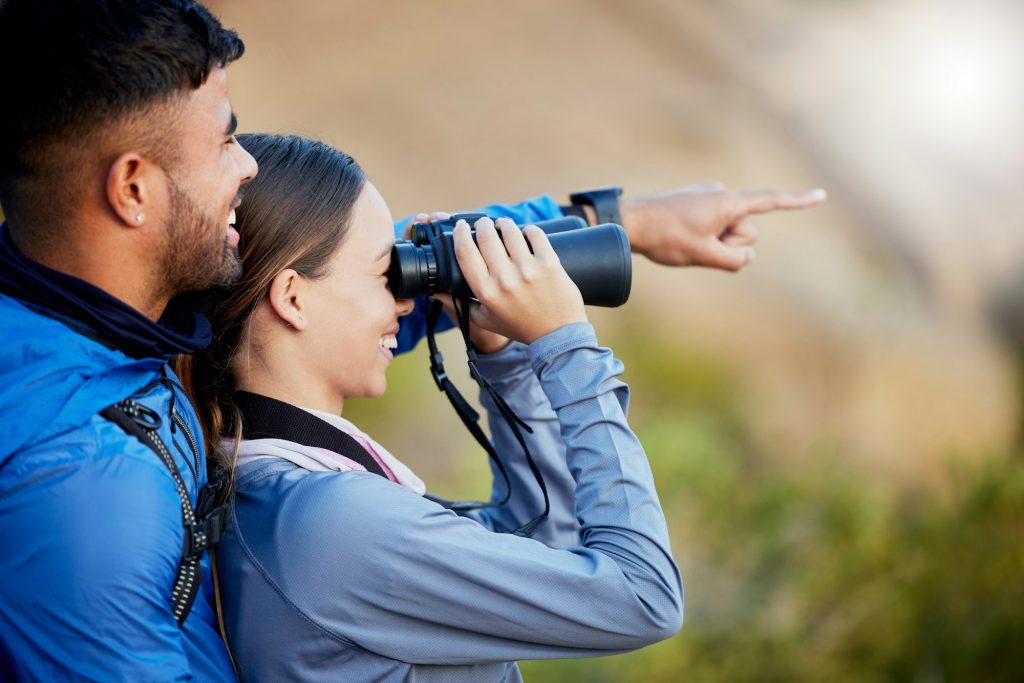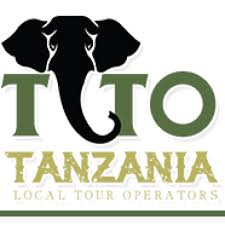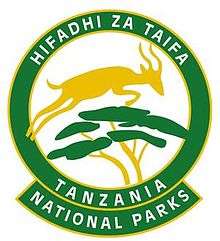Planning a safari in Tanzania promises an unforgettable adventure, but timing is key to experiencing the best of what this incredible landscape has to offer. Whether it’s witnessing the awe-inspiring Great Wildebeest Migration and their dramatic river crossings, or marveling at the miracle of new life during the calving season, understanding the natural rhythms of Tanzania enhances your safari experience. For those enchanted by majestic elephants, the dry season unveils large herds gathering at the Tarangire River. By aligning your trip with these natural events, you ensure a safari filled with breathtaking sights and lasting memories.
Choosing Your Safari Highlights
When planning a safari in Tanzania, selecting the right highlights is essential for an unforgettable experience. Start by researching different safari parks to align with your wildlife interests. For instance, if you’re fascinated by the Great Migration, the Serengeti National Park is an ideal choice. Consider the time of year and climate, as these factors significantly influence animal sightings. The dry season, from June to October, is popular for its concentrated wildlife near water sources.
Decide whether you prefer a guided tour or a self-drive safari. Guided tours offer expert insights and ease, while self-drives provide flexibility. Identify the animals you most want to see and choose parks accordingly. For instance, Tarangire National Park is known for its large elephant herds.
Look into accommodation options within the parks, ranging from luxury lodges to budget-friendly campsites. Consider the park’s size and wildlife density, as larger parks might require more time to explore. Check for unique features like Ngorongoro Crater’s stunning landscape or the cultural experiences available, such as visiting local Maasai tribes.
Budget is also a crucial factor; compare different safari packages to find one that fits your financial plan. Reading reviews and experiences from past visitors can provide valuable insights and help you make informed decisions. By carefully choosing your safari highlights, you ensure a memorable adventure tailored to your preferences.
Witness the Great Wildebeest Migration

The Great Wildebeest Migration is a breathtaking, year-round event where over two million animals, including wildebeests, zebras, and gazelles, move across the Serengeti and Masai Mara ecosystems. To catch this spectacular sight, timing and location are key. For instance, the dramatic river crossings, especially at the Mara River, are best viewed between July and September. These crossings are not only a test of survival for the animals but also a thrilling experience as predators like lions, cheetahs, and crocodiles follow closely, looking for their next meal. During February, in the southern Serengeti, the calving season begins, attracting predators and providing an intense display of nature’s predator-prey interactions. Planning your visit during the dry season is ideal for clear wildlife visibility. Accommodation options vary from luxurious lodges to mobile camps that follow the migration route, ensuring you’re in the heart of the action. Due to its popularity, booking early is wise as lodges fill up quickly. Guided tours are recommended, offering expert insights and ensuring safety throughout your adventure.
- The migration is a year-round event across the Serengeti and Masai Mara.
- Over two million animals, including wildebeests, zebras, and gazelles, participate.
- The best time to see the migration varies depending on the location in the ecosystem.
- River crossings, particularly at the Mara River, are dramatic and popular to witness.
- Predators like lions, cheetahs, and crocodiles follow the migration closely.
- Calving season occurs in the southern Serengeti, providing predator-prey interactions.
- Plan your visit during the dry season for better wildlife visibility.
- Accommodations range from luxury lodges to mobile camps following the migration route.
- Book early as migration season is popular and lodges fill up quickly.
- Guided tours offer expert knowledge and ensure safety during the migration.
Experience the Calving Season

From January to March, the southern Serengeti becomes a vibrant nursery as hundreds of thousands of calves are born. This period is a spectacle of life and survival. The abundance of newborns draws predators, offering an exciting and dramatic display of nature’s raw instincts. With the guidance of expert trackers, you can safely witness these incredible scenes, where each day unfolds a new story of survival and nurturing. The landscape during this time is lush and green, setting a perfect stage for breathtaking photography. Adding to the allure, migratory birds flock to the area, making it a haven for birdwatchers. Unlike the busier months, this season promises a more intimate encounter with nature, allowing you to truly connect with the environment. Watching the tender care of mother animals as they protect and nurture their young is both heartwarming and awe-inspiring. Remember to pack accordingly as the weather can be rainy, but the reward of experiencing the calving season in Tanzania is well worth it.
| Month | Location | Highlights |
|---|---|---|
| January | Southern Serengeti | Calving season begins, Predator-prey interactions |
| February | Southern Serengeti | Calving continues, Birdwatching opportunities |
| March | Southern Serengeti | End of calving season, Lush landscapes |
Spot Elephant Herds at Tarangire River
Tarangire National Park in Tanzania is a haven for elephant enthusiasts, especially during the dry season from June to October. During this period, the Tarangire River becomes a vital water source, attracting large herds of elephants to its banks. It’s not uncommon to witness gatherings of over 300 elephants, offering an unforgettable spectacle against the backdrop of iconic baobab trees. Beyond the elephants, the park hosts a diverse array of wildlife including lions, leopards, and various antelope species, making every safari drive an adventure. Birdwatchers will also be delighted with the park’s impressive list of over 550 bird species. For those seeking a closer encounter, guided walking safaris provide an intimate view of these majestic creatures. The park’s relative seclusion compared to other Tanzanian parks ensures a peaceful experience, allowing for a more personal connection with nature. Additionally, a night safari can reveal the park’s nocturnal inhabitants, adding another dimension to your adventure.
Frequently Asked Questions
1. What is the best time of year to go on a safari in Tanzania?
The best time for a safari in Tanzania is during the dry season, from late June to October. This is when wildlife is easier to spot.
2. How is the weather during a safari in Tanzania?
Tanzania’s dry season is cool and comfortable, with little rain and clear skies, making it ideal for a safari.
3. Are there any unique wildlife events during certain months in Tanzania?
Yes, the Great Migration, where millions of wildebeest and zebras move through the Serengeti, occurs mainly between June and July.
4. Can I see the Big Five animals throughout the year in Tanzania?
Yes, you can see the Big Five—lions, elephants, buffalo, leopards, and rhinos—in Tanzania all year round, although the dry season makes them more visible.
5. Is it possible to witness the Great Migration during a safari in Tanzania?
Yes, the best time to witness the Great Migration is from June to September when animals are crossing the Serengeti.
TL;DR The best time for a safari in Tanzania depends on your interests, such as witnessing the Great Wildebeest Migration, experiencing the calving season, or spotting elephant herds. Research different parks to match your wildlife interests, consider the climate for optimal sightings, and decide between guided tours or self-drives. The migration is a year-round spectacle, with river crossings providing dramatic views. Visit during calving season from January to March in the southern Serengeti for predator-prey interactions, while Tarangire River offers prime elephant viewing from June to October. Plan early for accommodations and enjoy unique cultural experiences, all while considering your budget and preferences.








